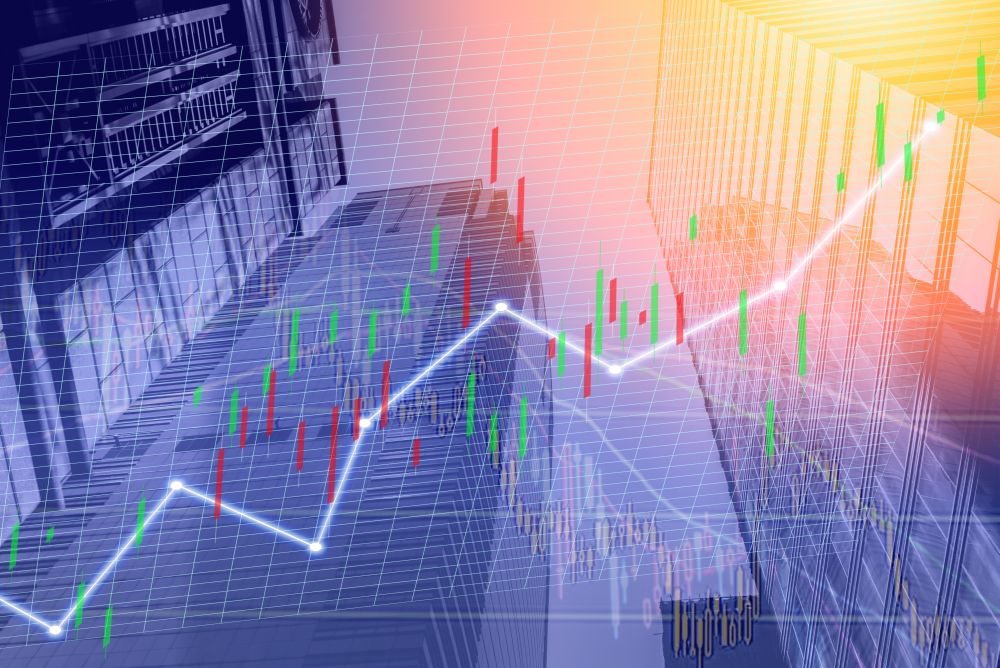FOR investors and asset managers, recovery amidst Covid-19 will be basically a balancing act between living with uncertainty and volatility that comes with continuing confinement in the short- to medium-term as well as keeping an eye on the strategic opportunities in the long-term. The bottomline is it is likely to be a slow and gradual recovery rather than the quick one many people are hoping for.
First, the general slowdown in the number of infections from coronavirus and easing of confinement measures, that has begun in most countries, does not automatically mean there won’t be a third wave of infections in the coming months and no more confinements in the future.
Second, the more asset prices fall in the short run, the greater the boost to long-term expected returns.
On the first point, the easing of quarantine or confinement measures are expected to result in a renewed increase in infections in the short-term. With this renewed increase, authorities are expected to imposed confinement measures again and keep them until the rise in infections stabilize or decrease. At that point they will ease confinement measures again until infections start to increase again and they have to re-impose confinement measures. Until a vaccine or cure is found, investors can expect a continuing cycle of confinement, easing, confinement, easing.
In a number of countries like Switzerland and the Netherlands, which are relatively ahead of the curve in terms of planning, authorities are looking to an economic model that involves a continuing cycle of confinement, easing, confinement, easing.
Swiss authorities have issued guidelines that partially lifted the country’s strict lockdown measures on April 26. In sum, it provided for a “back to work” plan that focuses on autonomy and accountability for each sector or company within a sector, subject to possible control by the cantonal authorities to ensure the measures are being followed.
The Swiss plan is looking at deconfinement in terms of three phases, three weeks between each phase, and the next phase only conditional on the number of cases not spiking again. This doesn’t include restaurants and bars and bigger social events, where easing measures aren’t expected to happen for some time. Guidelines on border openings are also still being studied and will depend on developments in neighbouring countries and Europe as a whole.
In Asia, although there has been no mention of similar recovery plans by authorities so far, the Swiss model is expected to eventually gain traction in some shape or form depending on the specific requirements of the region and each market.
Given this scenario, the consensus among investors and asset managers is that economic recovery will take time depending on a lot of inter-related global, regional, country, and sectoral factors.
“You know the recovery will be slow, and more gradual, and more staggering than what you would have expected even a few months ago. We had this hope at the beginning that it might be V-shaped, a huge collapse, everything stops but then basically we just flip back on and go forward. We’re not going to be able to do that,” says Esty Dwek, Geneva-based head of Macro Strategy, Investment Solutions at Natixis Investment Managers.
“Our slightly optimistic base case, is we’re going to have a slow gradual easing of measures over the next two months, month-and-a-half, hoping that the cases don’t spike too much. It means it doesn’t go away; it just means that it’s manageable for healthcare systems and something of a gradual recovery starting in the second half (of 2020). But that recovery is going to have to last well into 2021, if not beyond, before we can get back to where we were. So, the U-shape recovery, it was a gradual bar up, not a vertical bar. It’s going to be a bit slower,” Dwek says.
On the second point, in terms of which asset classes are winners and losers, the impact of this crisis on global markets is so massive it has even prompted some asset managers to recalculate their long-term assumptions to help institutional investors come to terms with the long-term implications of Covid-19 on asset allocation and asset class returns.
In light of the wild market moves that occurred in March 2020, John Bilton, head of Global Multi-Asset Strategy at J.P. Morgan Asset Management (JPMAM), and his team has reconsidered the potential implications of recent sharp swings in asset prices on long-term (10- to 15-year) return expectations across major asset classes and, by extension, portfolio construction.
Bilton and his team have recalculated estimates they made in November 2019 for the average annualized returns on all the major asset classes over the next 10 to 15 years, to reflect the significant market changes seen in Q1 2020.
For bonds, the decline in government bond returns is profound for US treasuries – with expected returns for US 10-year notes falling 70bp and for the long treasuries index falling 130bp. By contrast, expected returns for euro government bonds are actually 30bp better, reflecting the extraordinarily low yields already in place well before the start of the coronavirus crisis.
For credit, on balance, expected returns have risen, and in some cases they approach those available in equity markets.
“Although duration is set to remain in demand while the world is in recession, today’s buyers of bonds really shouldn’t be looking to hang onto them for the long haul,” Bilton says.
For equities, returns for stocks have risen between 1% to 2.5%, across the board. The current recession is not expected to significantly affect potential growth in the long run; hence, trend earnings and margins remain largely stable in terms of outlook.
For alternatives, Bilton’s alpha projections continue to be relatively aggressive for both hedge funds and private equity. “Recent market volatility actually reinforces our conviction that there is a good medium-term outlook for alpha generation.”
In terms of real assets, Bilton sees much of the markdown of capital values for real assets arising from the recession-induced near-term hit to cash flows. In time cash flows are expected to rebound – first in the more stable core sectors such as logistics, and later in more cyclical sectors like hotels.
“Over the coming months, the likely character of the next cycle and the implications of recent policy innovations will become clearer. But one thing is very clear: the more prices fall in the short run, the greater the boost to long-term expected returns,” Bilton says.









